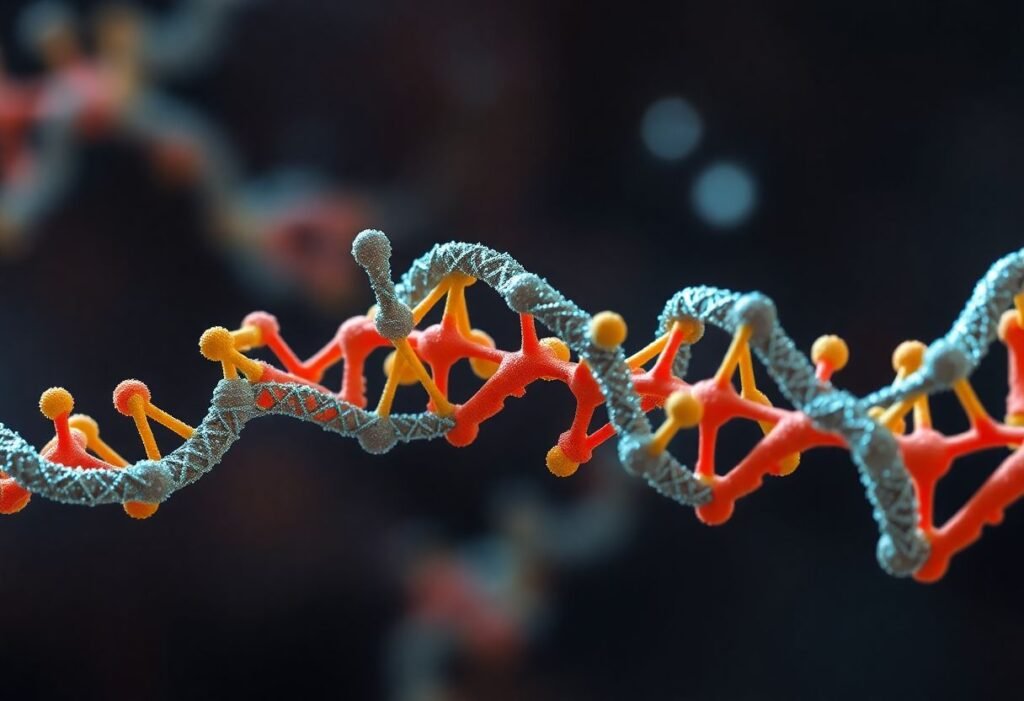The integration of genetic engineering into material science represents a significant advancement in creating sustainable materials. As innovation propels society forward, understanding the implications of genetic modifications on material development is crucial in promoting an eco-friendlier future.
Innovative Pathways through Genetic Engineering
Genetic engineering is revolutionizing the production of sustainable materials by utilizing biological organisms to create biodegradable or renewable materials. Traditional material production methods often result in environmental degradation and excessive waste. By contrast, genetic innovations allow us to reconfigure the structure of biological interfaces, producing biopolymers and bio-based materials that decompose naturally. These solutions not only minimize ecological harm but also reduce reliance on petroleum-based products. Progress in this field opens doors for industries ranging from fashion to construction, making sustainability a viable alternative across sectors.
Reducing Carbon Footprint with Engineered Materials
As the world grapples with climate change, reducing the carbon footprint of materials is imperative. Genetic engineering tailors the properties of materials to enhance their functionality while lowering environmental impact. For instance, scientists can manipulate the genes of plants to create fibers that require less water and energy during production. Additionally, engineered microorganisms are being employed to generate biodegradable plastics that can replace conventional materials. This transformative approach aligns with global efforts to combat environmental damage and embrace a carbon-neutral future.
The Role of Synthetic Biology in Material Development
Synthetic biology combines biology and engineering, allowing for the design and construction of new biological parts and systems. Through synthetic biology, researchers can develop materials that possess unique properties not found in nature. For example, engineering bacterial strains to produce silk-like fibers can lead to the development of textiles that are not only sustainable but also stronger and lighter. Such innovations demonstrate the invaluable role of genetic engineering in fostering creativity and technological advancements in material science, paving the way for unprecedented applications in various industries.
Biodegradable Innovations for a Cleaner Planet
Biodegradable materials produced through genetic engineering hold tremendous potential for reducing waste. Unlike conventional plastics, which persist in the environment for centuries, engineered biodegradable products break down into harmless substances much faster. For instance, research into microbial engineering has shown promising results in cultivating bacteria that can produce polyester from renewable resources. These materials can enhance packaging solutions, significantly reducing pollution. By investing in biodegradable technologies, we can ensure a cleaner planet while satisfying consumer demands for environmentally responsible products.
Collaboration Across Sectors for Sustainable Solutions
The future of sustainable materials rooted in genetic engineering hinges on collaboration among researchers, industries, and policymakers. The pooling of diverse expertise promotes advancements that can drive innovation. For example, partnerships between biotechnology firms and fashion designers have led to the creation of eco-friendly textiles using algae-based materials. By working together, stakeholders can streamline the transition to sustainable alternatives while ensuring economic viability. This synergy fosters a holistic approach, addressing the multifaceted challenges of sustainability.
Ethical Considerations in Genetic Material Engineering
As with any profound technological advancement, ethical considerations surrounding genetic engineering must be at the forefront of discussions. It is essential to scrutinize the implications of altering organisms for material production. Public concerns over safety and biodiversity warrant transparent communication and rigorous regulatory frameworks. Establishing ethical guidelines ensures that genetic innovations in material science are pursued responsibly, presenting benefits to society while mitigating potential risks. This dialogue fosters public trust and supports the sustainable development of engineered materials.
Disclaimer: The content provided in this article is for informational purposes only and should not be considered professional or legal advice.





















